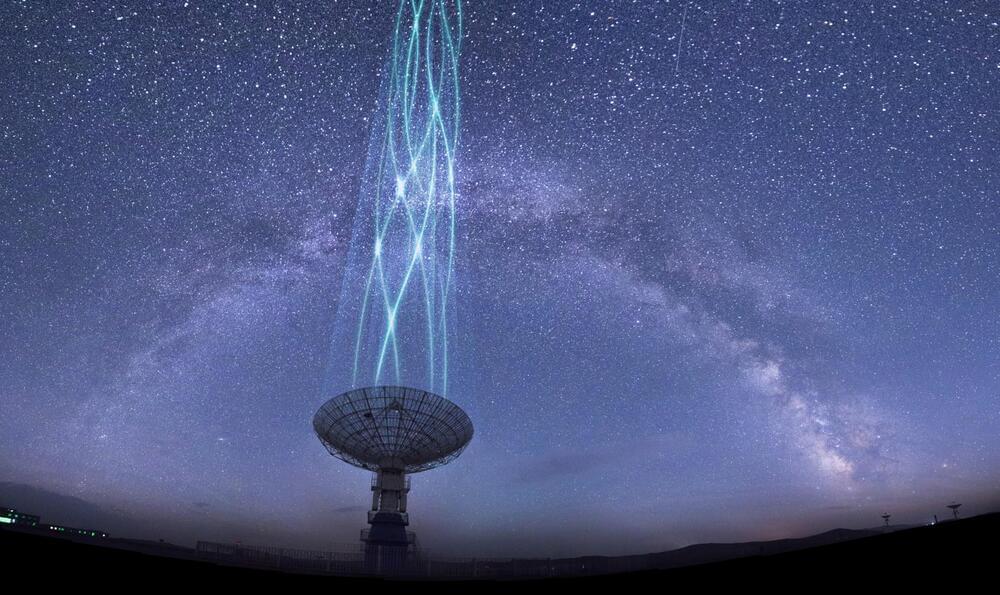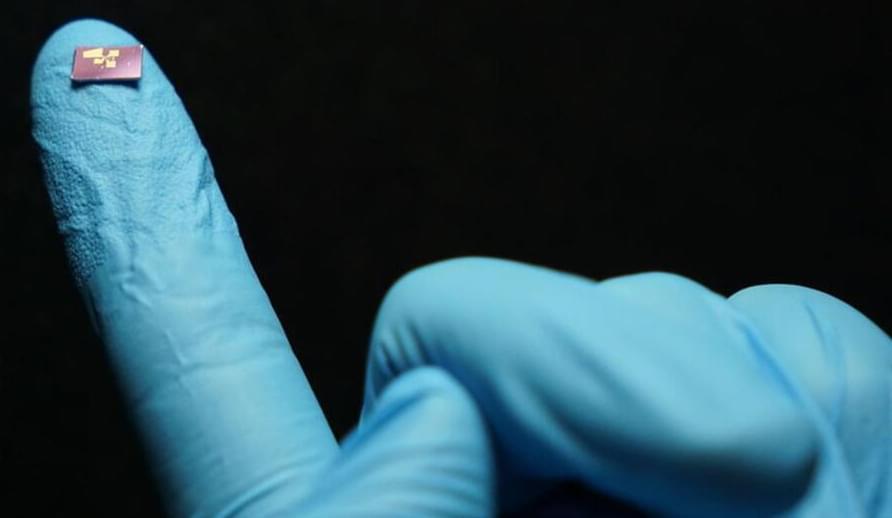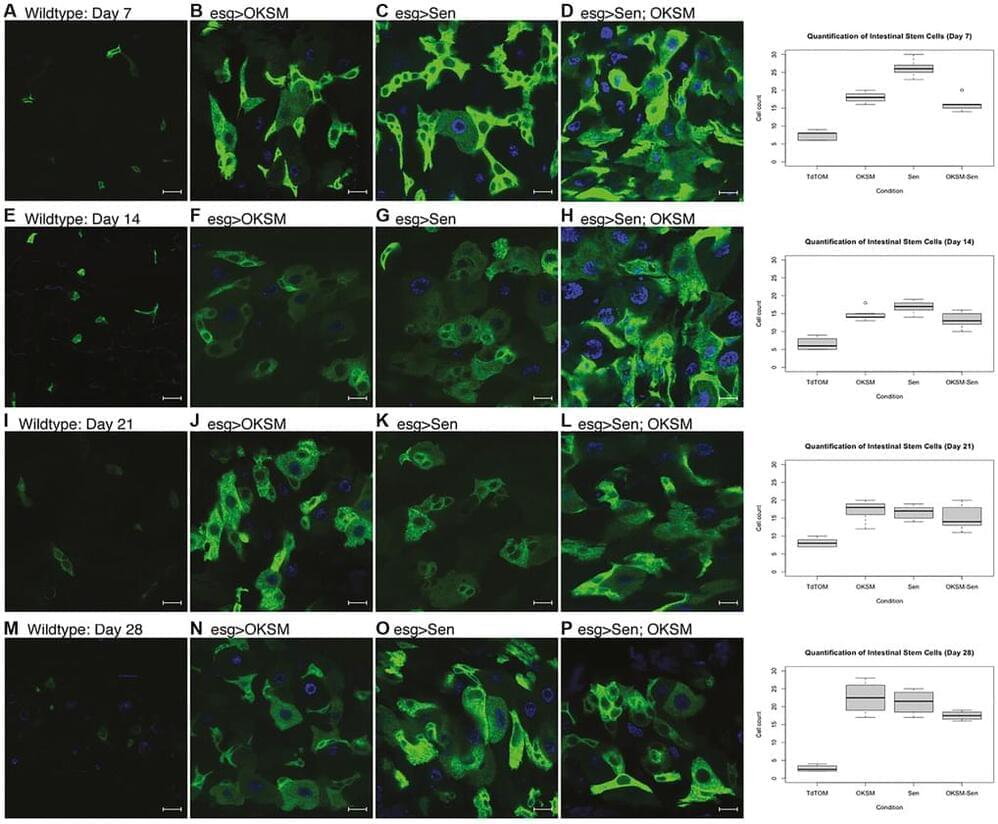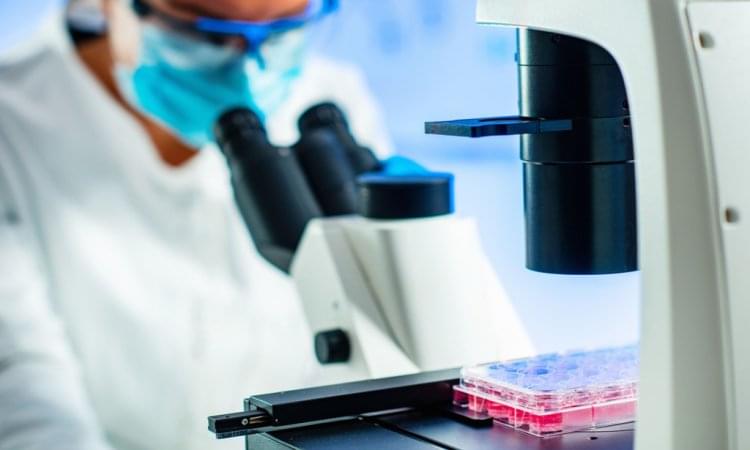Transitioning away from fossil fuels.
The cost of turning sunlight into electricity has fallen more than 90 percent over the last decade. Solar is now the cheapest form of newly built energy generation. Job done? Not quite. Right now, solar works well at cost-competitive prices and can help us cut emissions significantly. But with less than five percent of the world’s electricity delivered by solar, we are just at the start.
The solar panels of 2022 are like the chunky mobile phones of the 1990s. Much more is possible with the same underlying technology.
Australia is likely to play a key role in global progress.
JONGHO SHIN/iStock.
Job done? Not quite. Right now, solar works well at cost-competitive prices and can help us cut emissions significantly. But with less than five percent of the world’s electricity delivered by solar, we are just at the start.








